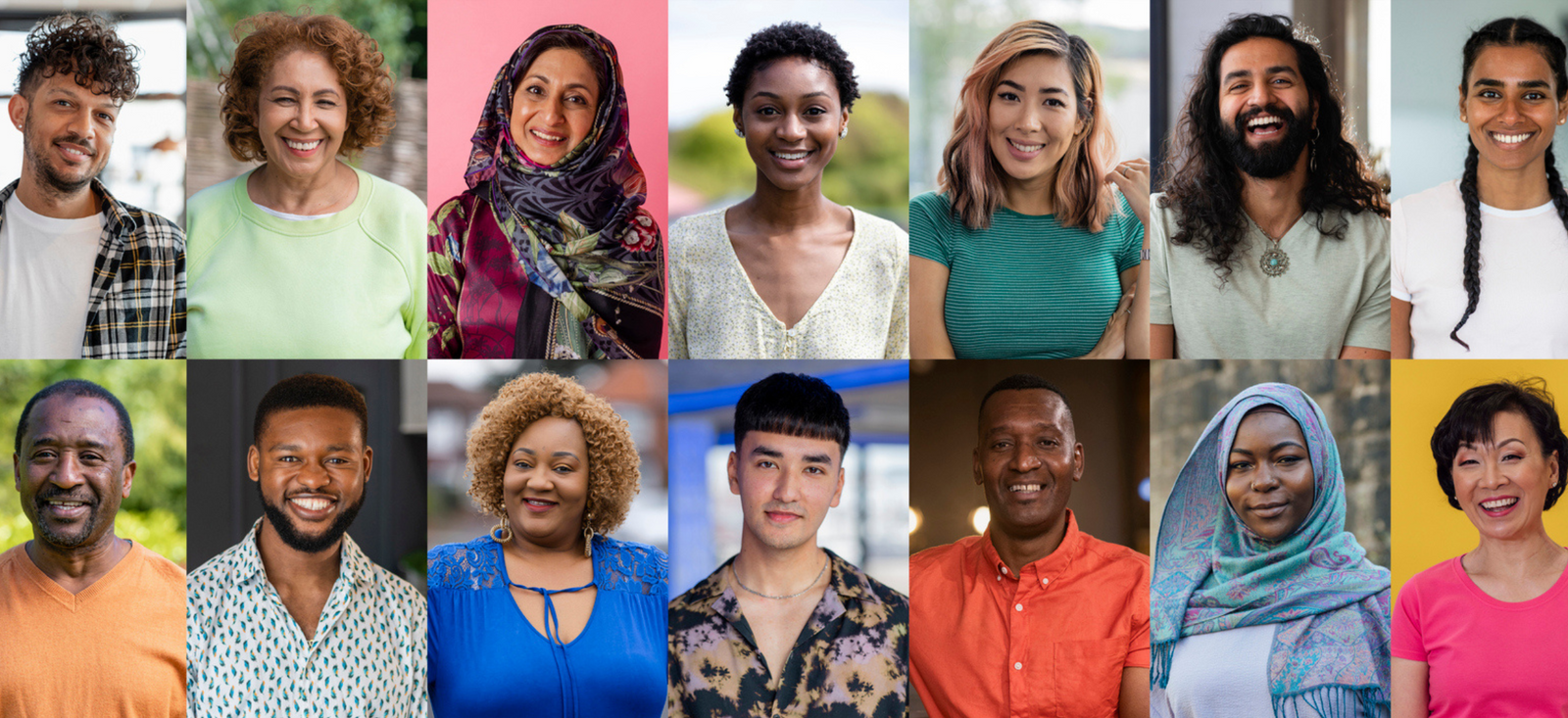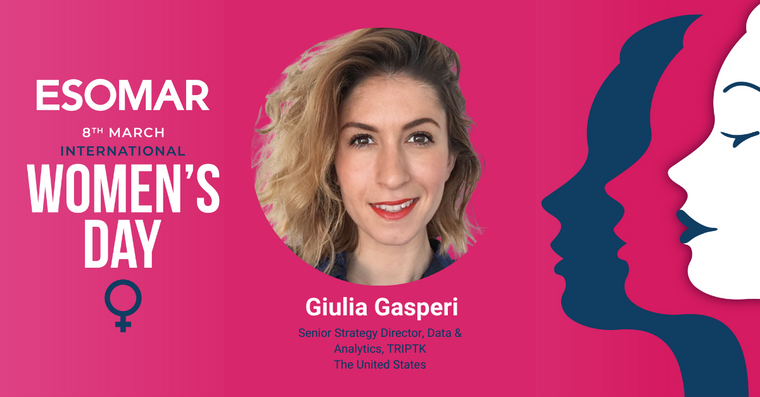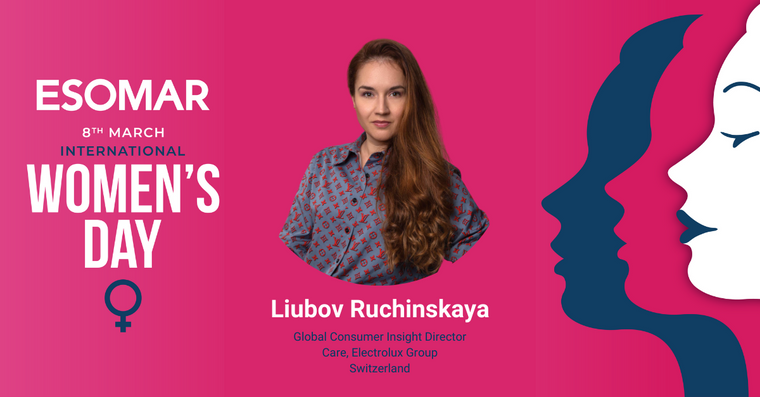Inclusive Insights: So, what’s different?
Part 1: Inclusive insights: What it is, why it matters, and what this means for insights professionals.

Article series
Inclusive Insights
- Inclusive Insights: So, what’s different?
- Inclusive insights: Diversity, inclusion, and the rise of the STTAR researcher
We are at an inclusion tipping point!
Issues of inclusion have taken centre stage globally, and this is no passing trend.
It’s not about being “woke,” grandstanding, or virtue signalling; deep-rooted values and attitudes are evolving and unfolding on a grand scale, informed by a blend of our histories, our social, economic, political, and cultural contexts, and our own personal experiences.
It can be seen in popular culture, felt in public spaces and heard across all channels. While globally and regionally, there are differences in perspectives and ideologies, a clear direction has emerged: most consumers worldwide have a strong aspiration for a more equitable world. And they are looking to brands to support this agenda. This has given rise to the Inclusive Consumer.
The Inclusive Consumer is closely connected to and prioritises their personal values, belief systems, and their contribution to and impact on the world. This consumer has raised the bar in terms of their needs and expectations from brands. They expect brands to build authentic and empathetic relationships with all consumers across a broad spectrum of identities (e.g., gender, race, ethnicity, neurodiversity, disability, sexual orientation, age, economic background, and more). In fact, 70%+ of all consumers buy or advocate for brands that reflect their principles or values.
They support brands that:
ACT for inclusion, providing a consistently equitable, relevant, and accessible customer experience (e.g., shopping, buying, use, service, and support).
SPEAK UP, authentically representing diverse life experiences, stories, cultures, and values in their communications.
STAND UP, taking a visible, positive, and impactful position on social justice issues and welcoming employees from the full spectrum of identities.
Companies are increasingly responding to these calls for diversity, equity, and inclusion—not only to be good corporate citizens but also because it’s good for business. The way ahead is through harnessing the power and potential of all individuals in our society and embracing and responding to the trillion-dollar spending power of diverse and previously marginalised populations.
Delivering for inclusion can be challenging for brands
Brands are becoming more intentional about diverse representation in communications (particularly advertising); however, despite a good effort, a lot of the nuance gets lost in the process of making ads. A recent US study showed that whilst women and ethnic minorities are present in 90+% of ads, they are typically in stereotypical or tokenised roles, and LGBTQ+ individuals are rarely present at all. But there are rewards for getting it right. The same study shows that taking the time to get diversity and inclusion right significantly increases both stock growth and brand love.
There is still much work to be done to successfully provide the kind of inclusiveness and equity that’s needed (44% of consumers think brands don’t do a good enough job of representing them in advertising), so brand teams are increasingly looking to the insights industry to help them generate more relevant, potent, and authentic inclusive insights.
The challenge is inclusive insights are still a new frontier, with no universally accepted definition and no easy-to-follow playbook. Bianca Pryor, Vice President of Consumer Insights at BET Networks, describes it this way:
[They are] a prism for understanding the stereotypes, tropes, and biases faced by minority groups. Inclusive insights express the nuance of the lived experiences of minorities, bringing a more compassionate, positive, and equitable view of these groups into focus.
The Quest for Inclusive Insights: What’s different, and what does this mean for researchers?
This sets the agenda for a new era in our work, where we equitably represent all consumers and communities, where we elevate and lend weight to minority voices and where we create a deep understanding of their lived experiences with clear cultural and contextual truth.
This requires us to look across the entire research process through the lens of inclusion, and it immediately reveals barriers to inclusion in our methodologies, processes, beliefs, and behaviours that limit our ability to generate inclusive insights.
These include, but are not limited to:
Our ability to recognise and navigate our own bias in the work
The sources we use for understanding diverse communities
How we approach and recruit diverse samples
How we screen, moderate, and conduct surveys, both qual and quant
How we approach analytics, reporting, and storytelling
Many insights associations, agencies, and consultants have started on this quest, and there is great progress being made. However, it takes a village and requires all researchers to play a role in igniting and accelerating the inclusive insights agenda.
Three things you can do, starting today!
1. Sharpen your own bias antenna.
Bias is an innate human condition that we cannot eliminate but can learn how to manage and navigate. Being aware and attuned to our own biases helps reduce the degree to which we bring our own biases to the work. Biases such as confirmation bias, social desirability bias, cultural bias, and affinity bias are stumbling blocks on the road to inclusive insights. You can sharpen your antennae by adding Road Bumps to your thinking. Start by consciously exploring and understanding your own bias. Look out for it, acknowledge it frankly but with empathy, recognise how it shows up in your behaviour and in what context, learn from those whom your bias touches, and seek to adopt alternate behaviours which run counter to that bias. This will have an immediate impact on your ability to spot and reduce bias in the work.
2. Extend your sources of understanding and insight.
Today’s diverse and inclusive consumers are extremely multifaceted and span a broad spectrum of identities, making it more complex to gain a deep understanding efficiently and cost-effectively. As researchers, we have an over-reliance on traditional qualitative and quantitative methods as primary sources of understanding. By considering, exploring, and connecting learnings from multiple sources and contexts, we can increase both the depth and richness of insight and the efficiency of the work. When designing research, consider the importance of cultural fluency, social justice, and political, economic, historical, and geographical context. How can these relevant influences be captured and reflected in the work (e.g., use of semiotics or social listening)?
3. Lend weight to minority voices, whatever the sample size.
There is much discussion about the practical and economic challenges researchers face in recruiting diverse respondents and in encouraging brand teams to invest in more balanced, representative sample structures. Don’t let this be a barrier to inclusive insight generation. As researchers, we have a responsibility to provide the most accurate and authentic representation of the target audience. Achieving this requires us to release the shackles of prevailing principles like “statistical significance equals accuracy and confidence,” “there’s power in averages,” and our lean towards quantitative validation. Consider instead applying democracy to the work by lending weight to minority voices irrespective of their size and statistical significance.
While much of this change starts internally, this is demanding work that is best done alongside others. It is significantly easier and more meaningful when the insights industry itself is made up of diverse individuals who can provide relevant, firsthand context and understanding. We will discuss the need for increased diversity in the industry and the skills needed to generate inclusive insights in Part II.
Sandra Grandsoult
Co-Founder & Equity Architect at Equitas InsightSandra is an equity explorer, architect, and advocate. She sees fairness and equitable access to opportunities not as an idealistic aspiration but as a goal to be achieved in practical, measurable, and impactful ways.
Over the last two decades, Sandra has acquired rich client-side insight and marketing experience through leadership roles at GSK, Walt Disney Co., Virgin Media, Vodafone, and American Express, building strategies and initiatives focused on growing people, customers and brands.
She spent the next ten years consulting for leading global brands such as Pfizer, PepsiCo, PayPal and Verizon as a Partner at the global consulting firm Brand Learning, Accenture. She now combines and connects her bench strength of research, insights and strategy with her passionate vision for equity as Co-founder of Equitas Insight, a boutique Diversity, Equity & Inclusion Insights Consultancy. She works with clients to help them generate rich, relevant & inclusive insights and to craft equitable experiences for measurable equity impact.
Alongside this, Sandra is a member of the Insights Association’s IDEA Council and Membership Experience Chair of the Market Research Council. Sandra believes that doing good really does = doing well and that we must all do what we can to be part of the solution for equity.
Originally from the UK, Sandra has lived in the US for the last 10 years and now divides her time between South Florida and London.
Article series
Inclusive Insights
- Inclusive Insights: So, what’s different?
- Inclusive insights: Diversity, inclusion, and the rise of the STTAR researcher


